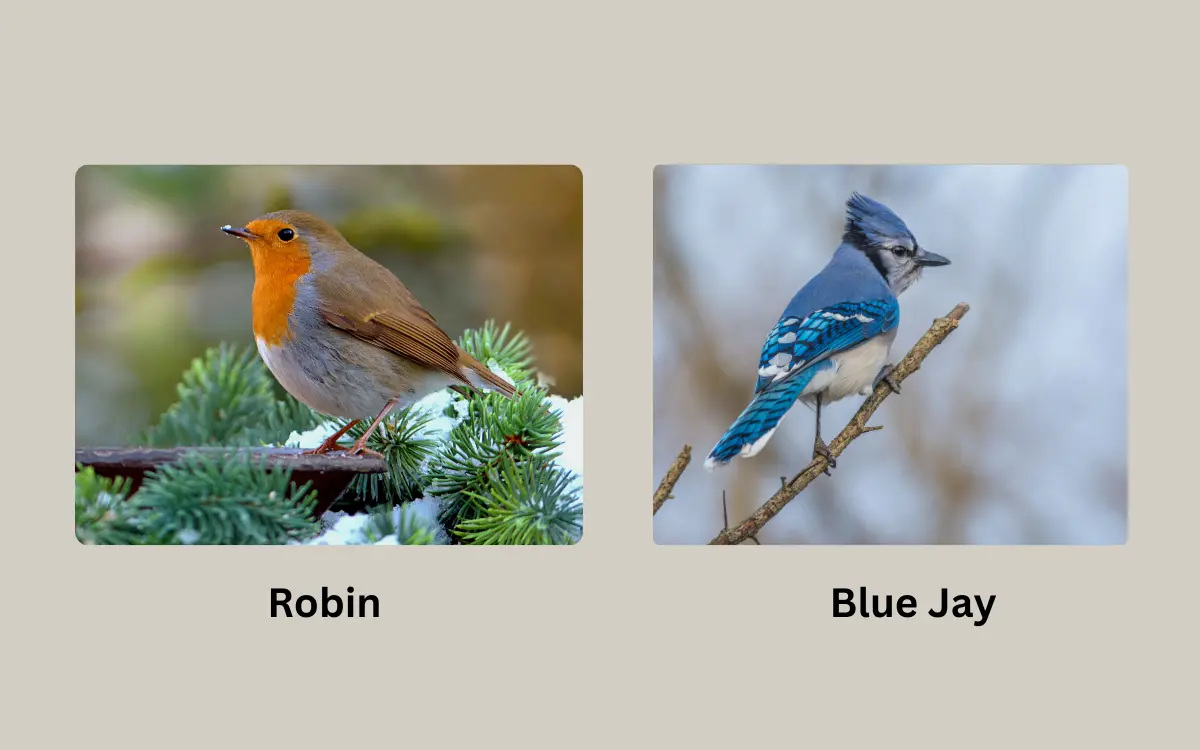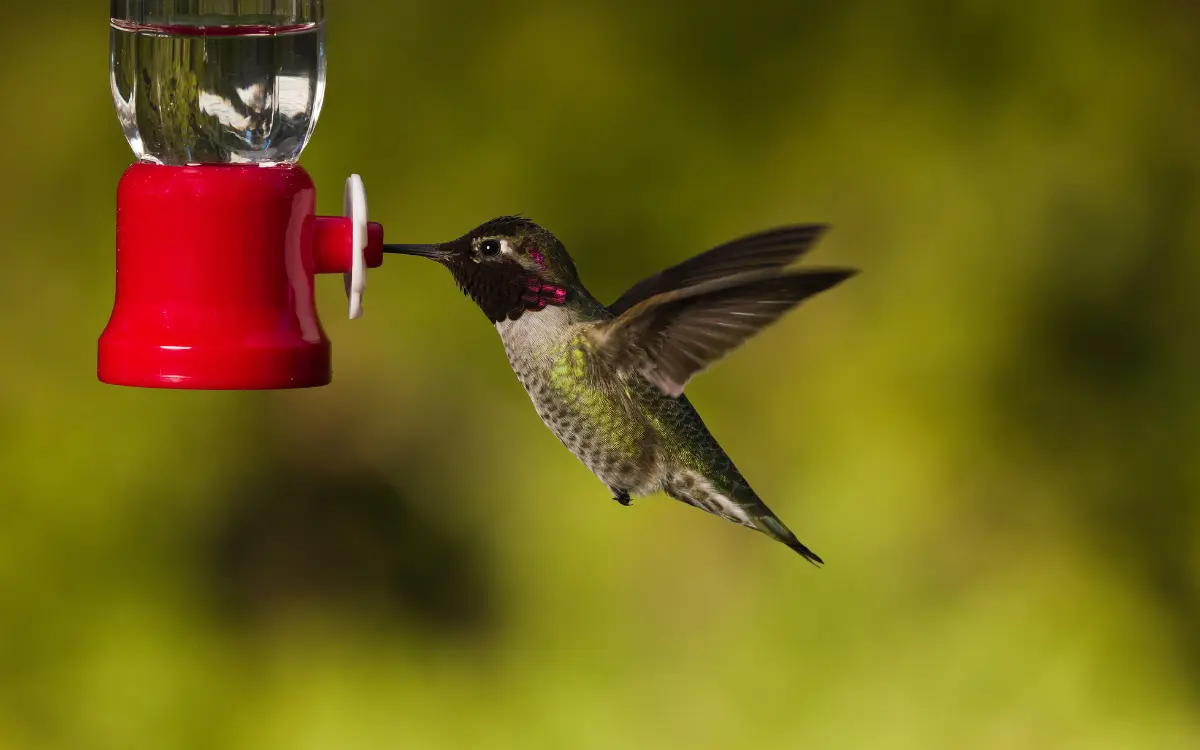10 Birds With the Longest Beaks in the World
When you think of birds, beaks probably come to mind but some take theirs to the next level. From sleek spears to curved hooks and even spoon-shaped scoops, these birds use their extra-long beaks to survive, hunt, and stand out. Whether it’s sipping nectar from deep flowers or scooping fish straight from the water, these beaks are built for more than just looks.
In this list, we’re counting down 10 birds with the longest beaks in the world. Get ready for some seriously impressive avian nose jobs.
1:Sword-billed Hummingbird (Ensifera ensifera)

The sword-billed hummingbird holds the title for the longest beak in proportion to its body size. Native to the Andes mountains of South America, this bird’s beak is longer than its body—excluding the tail. On average, its bill measures 8 to 12 centimeters (3.1 to 4.7 inches), while its body length is only about 13 cm (5.1 inches).
Why such a long beak? It’s not just for show. The sword-billed hummingbird uses its specialized bill to reach deep into long, tubular flowers, sipping nectar that most other birds can’t access. This adaptation gives it an edge in ecosystems where competition for food is fierce.
- Location: Andes mountains (Colombia to Bolivia)
- Diet: Nectar from deep flowers like passionflowers
- Fun Fact: It can’t use its beak to preen—so it uses its feet like tiny combs instead!
Its appearance is striking. With metallic green feathers, a slender body, and a beak that looks like a fencing sword, this hummingbird is one of nature’s most fascinating designs. Watching one hover in front of a flower with its beak fully extended is like watching a delicate flying needle at work.
2: Pelicans (Pelecanus spp.)

When it comes to sheer size, pelicans take the crown for having the longest beak of any living bird. The beak of an Australian Pelican can reach up to 50 cm (nearly 20 inches) long! This giant bill isn’t just long—it’s equipped with an expandable throat pouch that works like a fishing net.
Pelicans use their beak to scoop up fish along with water. Then, they tilt their head forward to drain the water before swallowing the catch. It’s like a built-in colander—only way cooler.
- Location: Worldwide, near coasts and freshwater lakes
- Diet: Mainly fish
- Fun Fact: The pelican’s pouch can hold more than its belly—up to 3 gallons of water!
Despite their size, pelicans are graceful in the air, gliding over water surfaces with their massive wingspan and impressive bills leading the way.
3: Common Snipe (Gallinago gallinago)
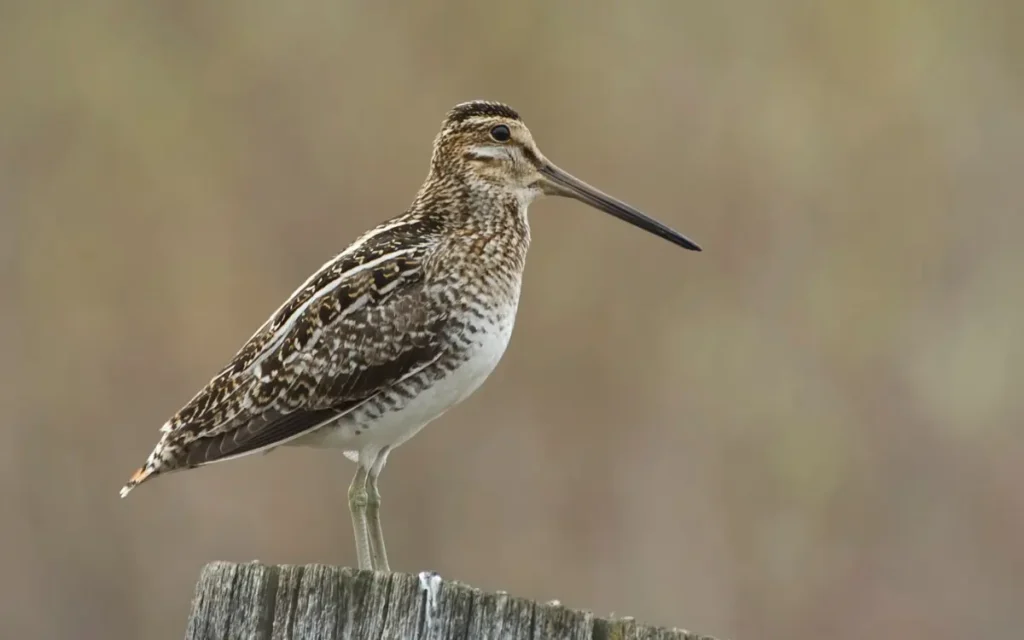
The common snipe may not be as flashy as some birds on this list, but it rocks a very long, straight beak—up to 7 cm (2.7 inches) long, nearly half the length of its body. This slender bill is perfect for probing soft mud in search of worms and insects.
Even cooler? The tip of the snipe’s beak is flexible, allowing it to open just the tip while the rest stays closed—a trick known as “rhynchokinesis.”
- Location: Wetlands across Europe and Asia
- Diet: Insects, worms, small crustaceans
- Fun Fact: They’re so hard to spot and shoot that “sniper” was named after hunters who pursued them!
Their secretive behavior and zig-zag flight pattern make them tricky to photograph—but they’re a favorite among birdwatchers.
4: Toco Toucan (Ramphastos toco)
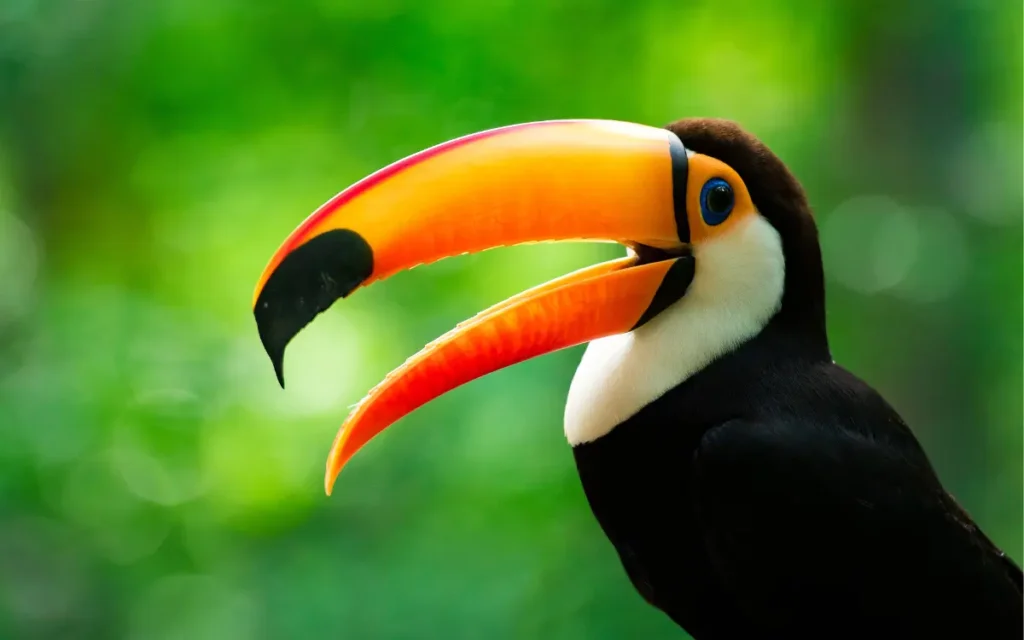
Toucans are instantly recognizable, and the Toco Toucan boasts the largest beak-to-body ratio among birds besides the sword-billed hummingbird. Its bright, banana-colored beak can grow up to 19 cm (7.5 inches) long—nearly a third of its total body length.
Despite looking bulky, toucan beaks are lightweight and hollow, made of keratin (like human fingernails) and full of air pockets.
- Location: South America, mainly in tropical forests
- Diet: Fruit, insects, eggs, small animals
- Fun Fact: Toucans use their beak to regulate heat—kind of like a bird version of sweating!
Their beak may look cartoonish, but it’s highly functional. It helps them reach fruit on thin branches, scare off predators, and impress potential mates.
5: Red-billed Scythebill (Campylorhamphus trochilirostris)
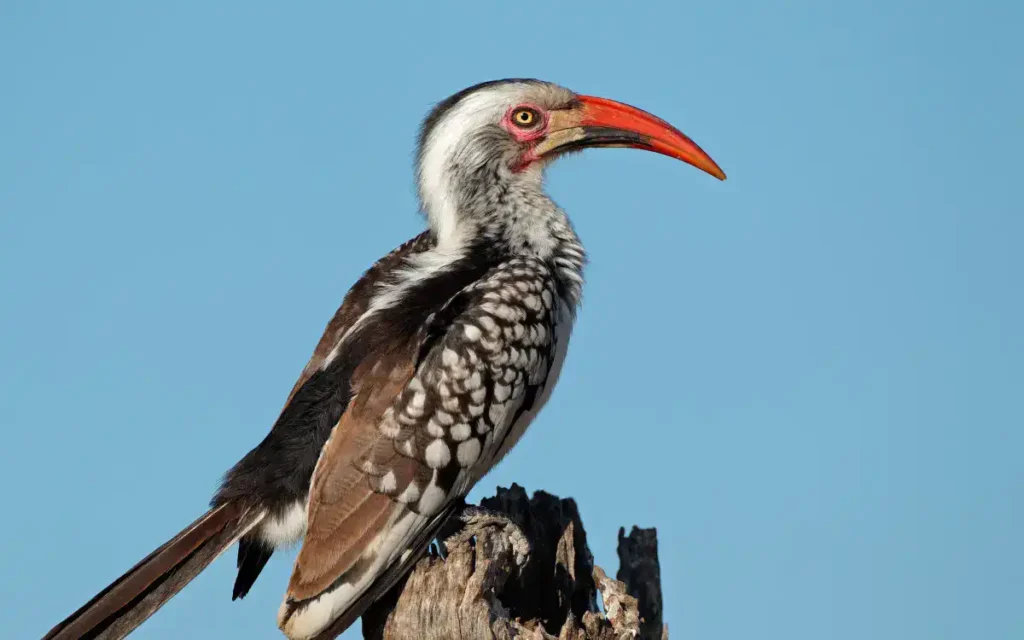
As the name suggests, the Red-billed Scythebill has a beak shaped like a scythe—long, curved, and razor-thin. Measuring around 10 cm (4 inches), its bill lets it probe deep into bark crevices for insects and larvae.
This bird is part of the woodcreeper family and has adapted to life in dense forests by using its curved bill to reach where straight-beaked birds can’t.
- Location: Central and South American forests
- Diet: Insects and spiders
- Fun Fact: Its curved beak is perfect for “gleaning” bugs hidden in tree bark and epiphytes.
Watching it forage is like watching a feathered tool at work.
6: Hoopoe (Upupa epops)
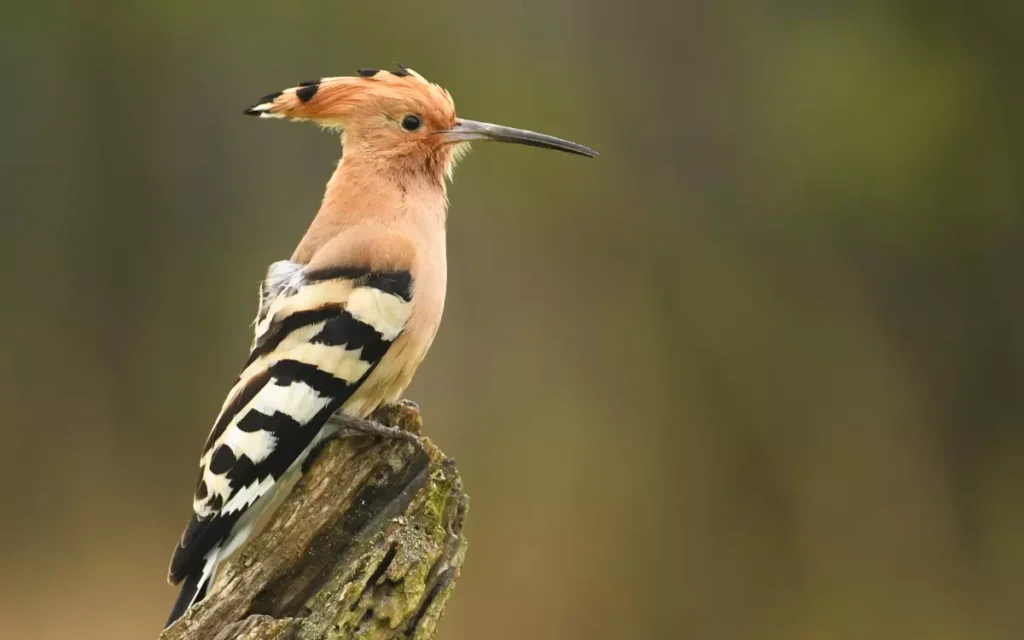
The hoopoe brings flair to this list—not just for its crest but also for its long, slender, slightly down-curved bill that measures around 5–6 cm (2–2.5 inches). It uses its bill to dig through soil and leaf litter for bugs, worms, and grubs.
Hoopoes are famous for their “oop-oop-oop” call and are a treat to spot in open grassy areas or rural gardens.
- Location: Europe, Asia, and North Africa
- Diet: Insects and larvae
- Fun Fact: They can open their beaks underground to grab prey without looking!
Their beaks may not be the longest, but their precise probing technique makes them elite bug hunters.
7: Eurasian Curlew (Numenius arquata)
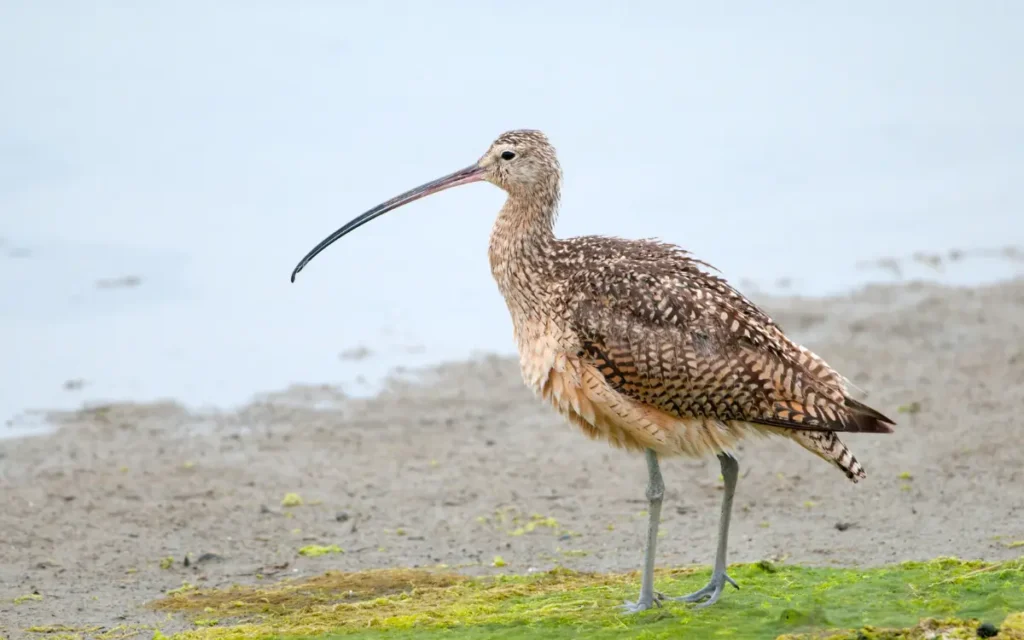
The Eurasian Curlew has one of the most impressively long, curved beaks in the bird world—often reaching 15–21 cm (6–8.3 inches). It’s easily the longest beak among European shorebirds. The elegant, downward curve helps the curlew probe deeply into soft mudflats for worms and crustaceans.
Its call—a haunting, drawn-out whistle—is just as distinctive as its bill.
- Location: Europe, Central Asia, and coastal Africa in winter
- Diet: Worms, insects, crustaceans
- Fun Fact: Females have longer beaks than males, likely due to different feeding strategies
These birds often wade through shallow waters, slowly working their way across the shore, using that long bill like a surgical tool.
8: Pied Avocet (Recurvirostra avosetta)

The Pied Avocet adds a twist—literally. Its bill curves upward, making it one of the few birds with such a shape. The beak reaches around 7–8 cm (about 3 inches) and is super thin, built for sweeping side-to-side through water to catch small invertebrates.
This sweeping motion filters food out of the water, almost like a feathered fishing net.
- Location: Europe, Africa, and parts of Asia
- Diet: Aquatic insects, larvae, small crustaceans
- Fun Fact: That unique upturned bill is an adaptation to its feeding style—one of a kind!
Pied Avocets are easy to spot with their black-and-white plumage and graceful feeding technique.
9: Eurasian Spoonbill (Platalea leucorodia)

The Eurasian Spoonbill has a bill that’s not only long—it’s weirdly shaped. Its beak can measure 18–24 cm (7–9.5 inches) and ends in a wide, flattened tip, like a spoon. It uses this tool to stir shallow water and snap up tiny prey.
Spoonbills feed with their bills partially submerged, moving them in sweeping arcs. When they sense movement, snap!
- Location: Europe, Asia, and Africa
- Diet: Small fish, aquatic insects, crustaceans
- Fun Fact: Juvenile spoonbills are born with straight bills—they spoon out with age
They’re elegant, almost prehistoric-looking birds often seen in quiet wetlands and lagoons.
10: Storks (Family: Ciconiidae)

Storks, such as the Marabou, White Stork, and Jabiru, are known for their long, pointed bills that can measure 20–30 cm (8–12 inches), depending on the species. These strong beaks are ideal for grabbing fish, frogs, and even small reptiles.
Some, like the Jabiru stork of South America, boast thick, powerful bills that look like a black sword.
- Location: Worldwide, especially in wetlands and savannas
- Diet: Fish, frogs, snakes, small mammals
- Fun Fact: Storks don’t have vocal cords—they clack their bills together to communicate
Graceful flyers and skilled hunters, storks use their long beaks as precision tools in shallow waters.
Read also: 10 Small Birds With Long Beaks
FAQs
Which bird has the longest beak overall?
The Australian Pelican holds the record for the longest beak of any living bird, measuring up to 50 cm (20 inches).
Which bird has the longest beak relative to its body?
That title goes to the sword-billed hummingbird, whose beak is longer than its body length (excluding the tail).
Why do some birds have such long beaks?
Long beaks help birds reach food sources that others can’t—like deep flowers, muddy shores, or fish in the water. It’s all about evolution and adaptation.
Do all birds with long beaks eat the same things?
Not at all. Some eat nectar (like hummingbirds), some go for insects (like curlews), and others hunt fish (like pelicans and spoonbills).
Are long beaks heavy for birds to carry?
Most beaks are surprisingly lightweight. For example, toucans have hollow bills filled with air pockets, making them large but light.
Can beak length affect flight?
Yes. Birds like the sword-billed hummingbird have to hold their beaks upright while flying to maintain balance, and some birds with giant beaks (like the shoebill) are less agile fliers.


